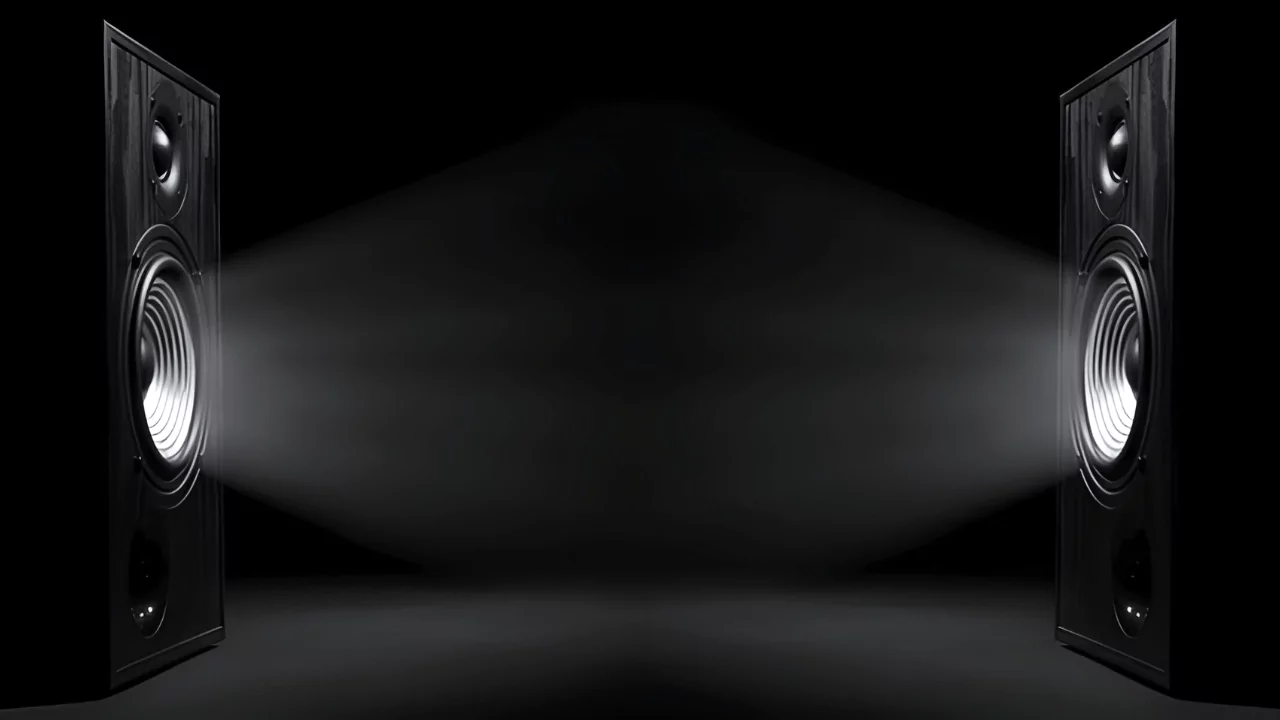To do this, you’ll need a device that can split the audio signal into two channels, such as a stereo audio splitter or a Y-splitter cable. These devices have three RCA jacks: one input and two outputs.
Connect the output of your audio source (computer, TV, etc.) to the input of the splitter, and then connect each speaker to one of the two output jacks. Make sure the speakers are set to the correct channel (left or right) to ensure proper sound output.
In This Article:
Understanding the Basics
Before connecting two speakers, it’s important to understand the basics. An audio output sends sound signals to speakers. Most devices, like phones or computers, have one output. Connecting two speakers to this output can be done in a few ways, but you need to be careful to avoid damaging your equipment.
Methods to Connect Two Speakers
There are two main ways to connect two speakers to one output: wiring in series and wiring in parallel. Both methods work, but they have different effects on the sound and the safety of your speakers and amplifiers.
1. Wiring Speakers in Series
Wiring in series means connecting one speaker to the output and then connecting the second speaker to the first. In this setup, the signal passes through the first speaker before reaching the second.
Steps to Connect in Series:
- Connect the positive terminal of the output to the positive terminal of the first speaker.
- Connect the negative terminal of the first speaker to the positive terminal of the second speaker.
- Connect the negative terminal of the second speaker back to the negative terminal of the output.
Advantages
Wiring in series is safe for most amplifiers because it increases the total resistance (impedance). This reduces the risk of overloading the amplifier.
Disadvantages
The sound might be quieter because the signal is shared between the two speakers. Also, if one speaker is damaged, the other won’t work either.
2. Wiring Speakers in Parallel
Wiring in parallel involves connecting both speakers directly to the output. In this setup, the signal is split between the two speakers.
Steps to Connect in Parallel:
- Connect the output’s positive terminal to both speakers’ positive terminal.
- Connect the output’s negative terminal to both speakers’ negative terminal.
Advantages
Wiring in parallel usually results in a louder sound because each speaker gets the full signal. Both speakers will work independently, so if one stops working, the other will still play.
Disadvantages
This method reduces the total impedance, which can overload your amplifier. It’s important to check that your amplifier can handle the lower impedance before wiring in parallel.
3. Using a Speaker Selector Switch
A speaker selector switch is another option for connecting two speakers to one output. This device allows you to switch between speakers or play both at the same time. It’s easy to use and protects your amplifier from damage.
Steps to Use a Speaker Selector Switch:
- Connect the output to the input terminals on the switch.
- Connect each speaker to the output terminals on the switch.
- Use the switch to choose which speakers to play or play both together.
Advantages
This method is safe and simple. It prevents the risk of overloading your amplifier and allows you to control the speakers easily.
Disadvantages
The sound might not be as powerful as directly wiring the speakers in parallel, but it’s a safer option.
4. Using an Audio Splitter
An audio splitter is another way to connect two speakers to one output. This device splits the signal into two outputs, allowing you to connect each speaker to one of them.
Steps to Use an Audio Splitter:
- Plug the audio splitter into the output.
- Connect each speaker to one of the splitter’s outputs.
Advantages
An audio splitter is easy to use and inexpensive. It allows you to connect two speakers without needing any technical skills.
Disadvantages
The sound quality might decrease because the signal is split. This method also doesn’t provide the same level of control as a speaker selector switch.
Things to Consider
When connecting two speakers to one output, it’s essential to consider a few things:
- Impedance: Ensure that the total impedance of your speakers matches what your amplifier can handle. This will prevent damage to your equipment.
- Power Handling: Ensure your amplifier provides enough power for both speakers. If the amplifier is too weak, the sound quality will suffer.
- Sound Quality: The method you choose will affect the sound quality. If sound quality is important, test different methods to find the best one for your needs.
Conclusion
It’s easy to connect two speakers to one output if you know the right way to do it. They can be wired in series or parallel, or you can use an audio splitter or a switch to choose which speakers to use. You should pick the way that works best for you because each one has pros and cons. To get the best results and keep your gear safe, don’t forget to think about resistance, power handling, and sound quality.




